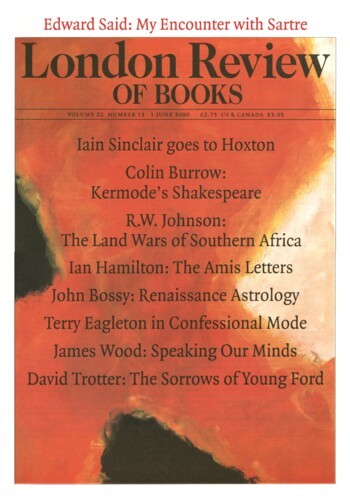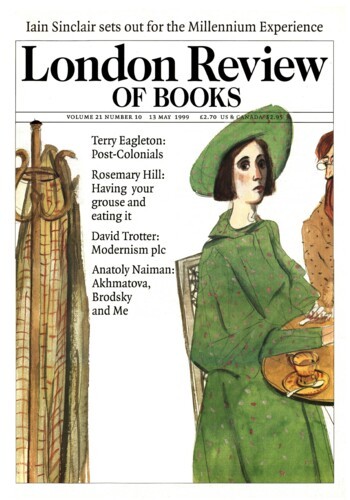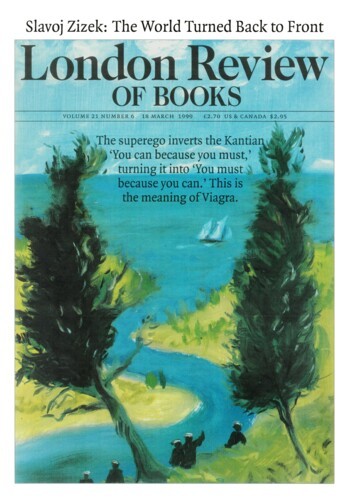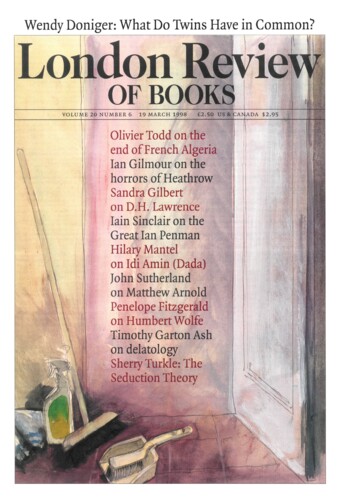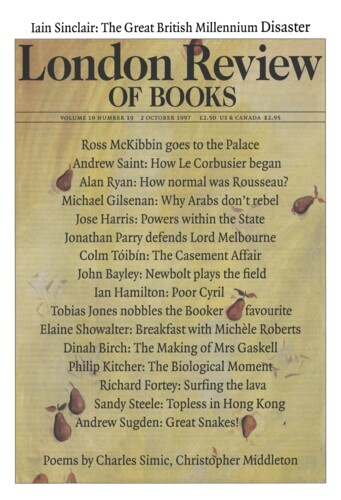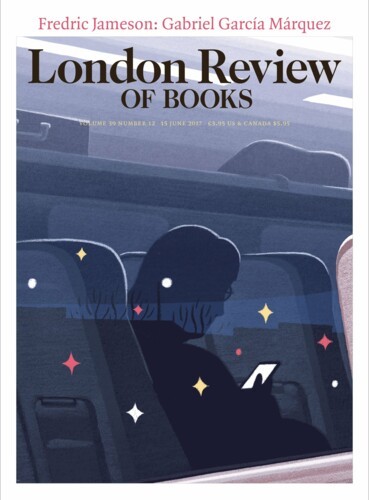Jim Sallis is the one who isn’t Bill Clinton’s official favourite purveyor of fiction, although his sequence of crime novels featuring the New Orleans polymath Lew Griffin (writer, melancholic, occasional lecturer in French Lit, sometime PI and full-time avatar of the author) has plenty of superficial similarities to Walter Mosley’s Easy Rawlins project. Both men have received support from sharp-witted British independent presses. Mosley from Serpent’s Tail and Sallis from No Exit Press. Both men had early champions and a serious readership on this side of the Atlantic. Both men were drawing on the heritage of Chester Himes. But that’s where their paths divided. There was no percentage in Bill’s advisers bullet-pointing paperbacks composed by a peripatetic, a white man who wrote in black-face. Griffin does not aspire to Easy’s confidential charm, his bright-eyed savvy, his innocence. He’s a white man’s black, darker in spirit, thwarted and confused. And New Orleans, the setting for Sallis’s Griffin novels, is a mob town with murky connections to Kennedy conspiracies, voodoo, vampire faggots, jazz, child brothels and all the trash, black and white, of the Delta. It wasn’t a place – with its ‘meaty, rich smell of frying shrimp’, its ‘palms, hibiscus, yucca trees and rubber plants’ – to be closely associated with Clinton’s make-over into a caring global peacekeeper (with smoking gun and $400 haircut). Mosley’s Los Angeles was a safer option: the blurb writers could draw tactful comparisons with Polanski’s Chinatown, thereby positioning civic corruption in the distant past, the Forties – a period that photographed well, nice hats, frocks, autos, legitimate smoke. Mosley’s country-boy blacks drifted west from Texas looking for jobs in the shipyards (the setting of Chester Himes’s astringent first book, If He Hollers Let Him Go), while Sallis’s transients came south, down the Mississippi. This was a period when the Hollywood studios were an alternate government, capable, if they chose, of keeping the lid on minor PR inconveniences such as rape and murder. California had both closet Communists (‘premature anti-Fascists’) and carcinogenic cowboy alcoholics ready and willing to build careers on the blacklist. The virus that would surface decades later, disguised as Richard Nixon or Ronald Reagan, began here. Fault lines in the American psyche are most obvious at the interface of showbiz saccharine and the political process: Monroe’s birthday tribute to JFK, Sinatra as MC at the Kennedy White House, late-liberal millionaires from Tinseltown rallying round Bill Clinton.’‘
Jim Sallis is the one who isn’t Bill Clinton’s official favourite purveyor of fiction, although his sequence of crime novels featuring the New Orleans polymath Lew Griffin (writer,...
